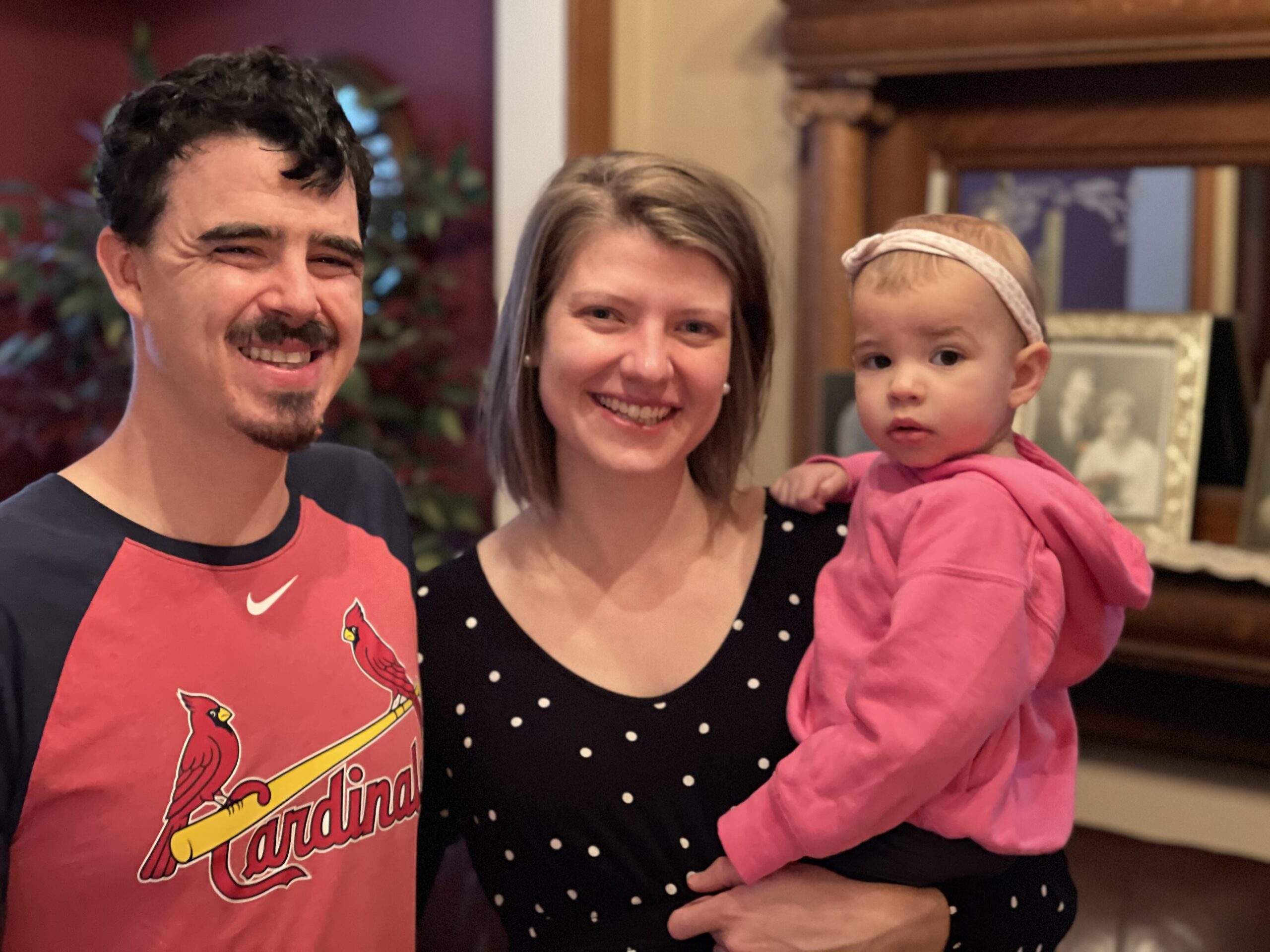In a comment on LinkedIn this morning, Janet Kennedy asked:

I’m glad she asked, because it highlights an important positive side effect of the #3DayCancerPreventionFast.
You may have noticed that I haven’t said anything about weight loss in my previous posts about this experiment, because that wasn’t the main goal.
The goal of our fast was getting to a high enough level of therapeutic ketosis that it would stimulate autophagy (recycling of damaged or inefficient cell organelles, especially mitochondria) and put any cancer or precancerous cells under enough stress that they would trigger apoptosis, or programmed cell death.
Another major benefit of extended fasting is a recharged and rejuvenated immune system, so if apoptosis doesn’t cause the cancer cells to commit suicide, maybe they’ll be weakened enough for our natural immune defenses to kill them.
And there’s this virus going around, perhaps you’ve heard of it, that seems to generally cause more severe consequences in older people than it does in children and young adults.
A rejuvenated (literally “made young again”) immune system would seem to come in handy for that, too.
Although weight loss wasn’t the main goal of our #3DayCancerPreventionFast, it was a beneficial side effect. A nice bonus.
As Dr. Jason Fung says, the basic logic of fasting is simple: “If you don’t eat, you will lose weight.”
Here’s what we found:

- Lisa and I each lost six pounds from our Sunday morning weigh-in, before starting the fast, to our low point post-fast on Thursday morning, after we had concluded the fast on Wednesday.
- My weight went up a little on Monday morning because I had two meals on Sunday, beginning my fast at 4:30 p.m., so the loss from my high point was 8.8 pounds.
- The high point of our weights early in the month correspond to the visit of my daughter Ruthie and her husband and daughter. They’re missionaries in Bulgaria, and were back in the country around the holidays, staying with us from Jan. 3-8. That was a feasting time, and we could revel in it without fear or guilt because we balance it with fasting.
I call that a balanced diet – balancing feasting and fasting – not seeking some kind of equal partitioning of carbohydrates, protein and fat.

To answer Janet’s second question, as you can see in the graphs above we’ve reached our weight goals, and had been there before the holidays. Now as we head into February with no major feasts on the schedule, we will settle into a more normal rhythm, gradually eating a little more toward the end of the month, so that after our next fast we’ll be again about at this level.
In future posts I’ll do a deeper exploration of how our fast affected blood sugar and ketone levels, workout capacity and sleep, as well as some overall reflections and our plans for February and March fasts.
And if you, like Janet, have other questions about, please ask them in the comments and I will be happy to answer them.
You can subscribe by email to make sure you get new posts delivered, or follow along on on Facebook, Twitter or LinkedIn.
Check out My Health Journey for the full story of our health improvements, and my #BodyBabySteps for an approach to how I would do it if I were starting today, based on what I’ve learned.